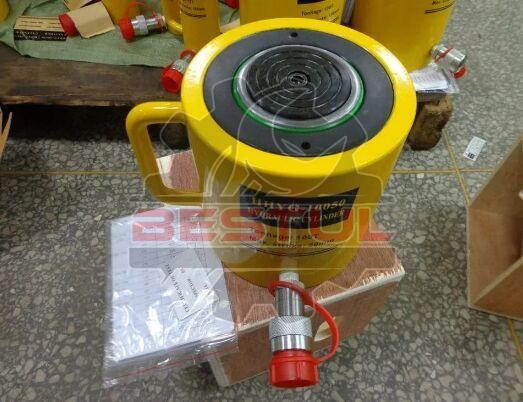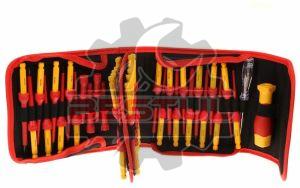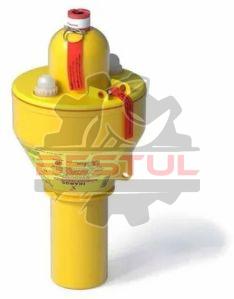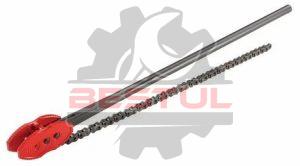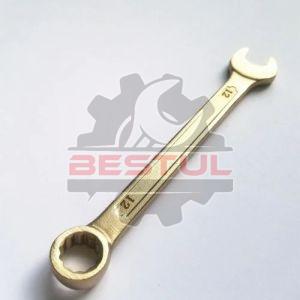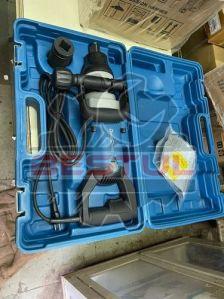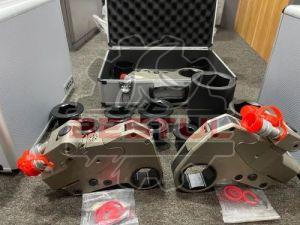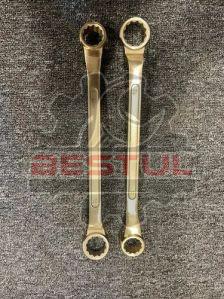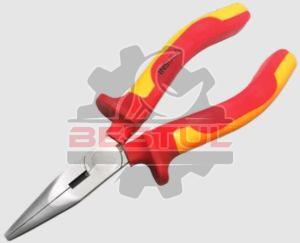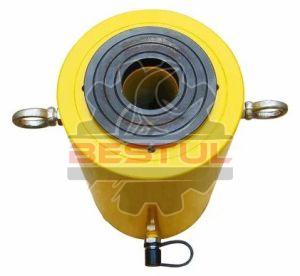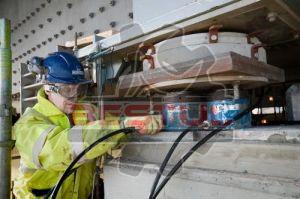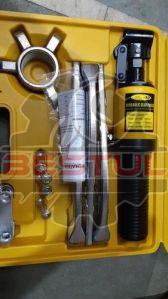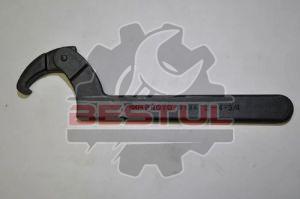10,000.00 / piece
| Business Type | Exporter, Supplier |
| Bore Diameter | 80 mm |
| Cylinder Type | Double Acting |
| Material | Iron |
| Click to view more | |
Product Details
Application
Industrial
Output Capacity
250 ton/day
Country of Origin
Made in India
Hydraulic Cylinder Jack
A hydraulic cylinder jack is a powerful lifting device that uses hydraulic pressure to elevate heavy loads efficiently. Operating on Pascal's Law, it converts a small force applied through a pump into a much larger lifting force, making it ideal for a wide range of applications in industries such as automotive, construction, and manufacturing.
Key Components:
- Cylinder: Houses the hydraulic fluid and provides the lifting mechanism.
- Piston: Moves within the cylinder to create lift when hydraulic fluid is pressurized.
- Pump: Generates pressure in the hydraulic fluid, typically operated by a handle or lever.
- Release Valve: Allows controlled descent of the load by releasing hydraulic fluid.
Types:
- Bottle Jacks: Compact and portable, suitable for vehicle lifting.
- Floor Jacks: Designed for stability and height, commonly used in garages.
- Hydraulic Press Jacks: Used for pressing and shaping materials in industrial applications.
Applications:
- Automotive Repairs: Changing tires, servicing brakes, and lifting vehicles for maintenance.
- Construction: Elevating heavy materials like beams, concrete blocks, and machinery.
- Industrial Manufacturing: Pressing operations, lifting equipment, and assembly tasks.
Advantages:
- High Lifting Capacity: Capable of lifting much heavier loads than mechanical jacks with less manual effort.
- Ease of Use: Simplifies the lifting process, making it accessible for various users.
- Versatility: Applicable across multiple industries and tasks.
Safety Considerations:
Always adhere to the manufacturer's load capacity guidelines, ensure stable placement on level ground, and conduct regular maintenance checks to prevent leaks and ensure safe operation.
Looking for "Hydraulic Cylinder Jack" ?
piece

